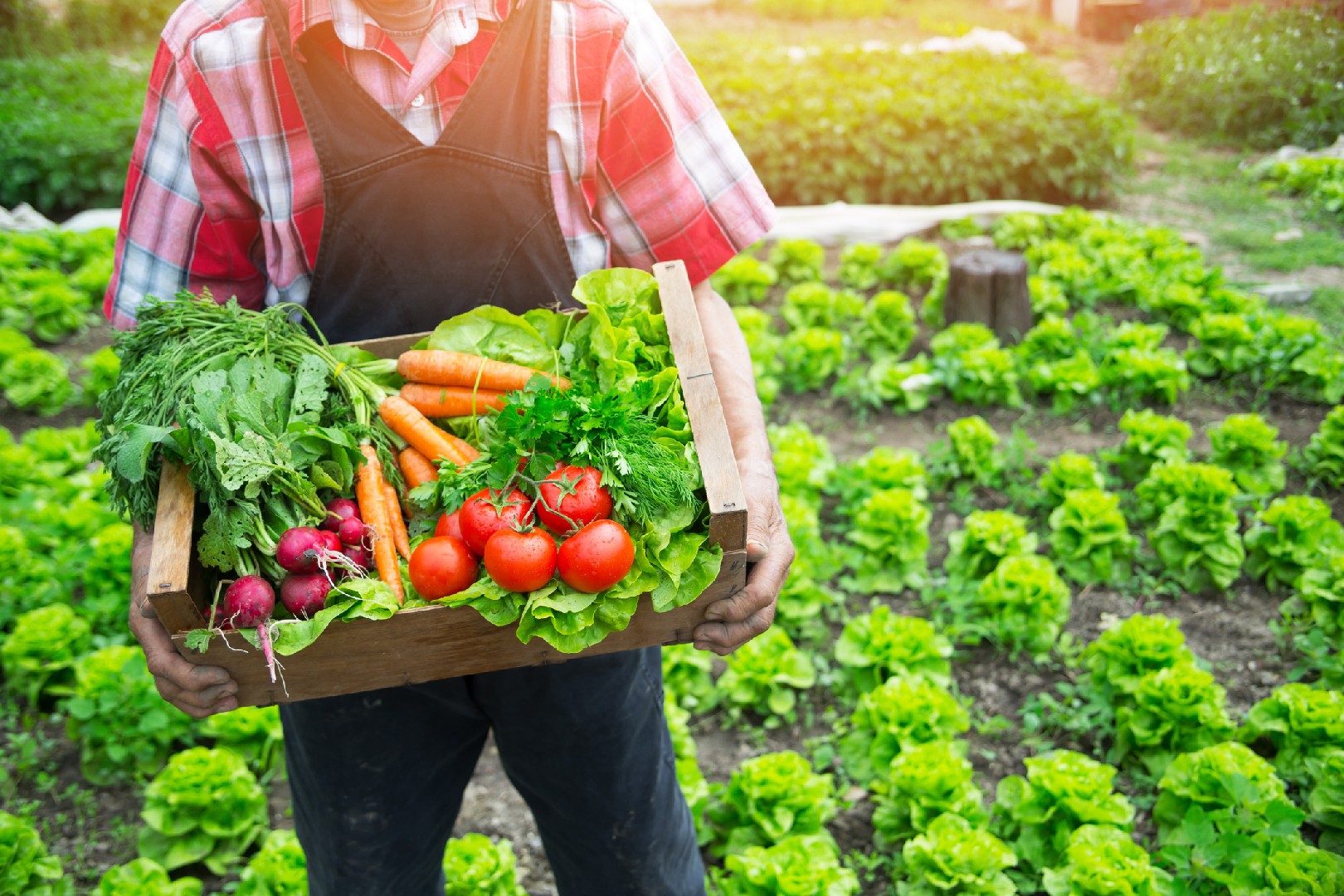![Rectangle]()
Case Studies: Success Stories from Mindful Harvesting
In this section, we will explore three inspiring case studies that demonstrate the transformative power of mindful harvesting. These stories showcase how adopting gentle harvesting techniques can not only yield bountiful results but also contribute to sustainable growth and community development.
The first case study revolves around a dwindling home garden owned by Mr. Smith. Frustrated by years of disappointing yields, Mr. Smith decided to take a different approach and practice mindful harvesting. He realized that his previous methods had been too aggressive, causing damage to the plants and disrupting the natural balance of his garden. With the newfound understanding of mindful techniques, Mr. Smith started to pay closer attention to his plants' needs and adopted gentle harvesting practices.
The results were remarkable. Not only did Mr. Smith's garden thrive, but the quality of his harvest also improved significantly. By being mindful of when and how to harvest, he ensured that his plants had ample time to reach their full potential. The overall health of the garden improved, and Mr. Smith enjoyed a more abundant and diverse yield than ever before.
Our second case study introduces the commercial success of a farm resort that embraced mindful garden reaping. The resort, struggling to generate consistent revenue, recognized the untapped potential of their vast gardens. They invested in training their staff in mindful harvesting techniques, understanding that it would not only enhance the quality of their produce but also provide a unique selling point for their guests.
The results exceeded expectations. By incorporating gentle harvesting into their operations, the farm resort was able to offer guests an immersive and educational experience. Visitors could now participate in mindful harvesting sessions, learning about sustainable practices and connecting with nature. This new approach not only improved the guest experience but also attracted a loyal clientele, resulting in a significant increase in revenue.
Lastly, we delve into the inspiring story of a community garden that experienced sustainable growth through the adoption of gentle harvesting methods. This garden, originally struggling with pests, low yields, and disengaged community members, decided to implement mindful techniques to rejuvenate their space.
By fostering a sense of community ownership and educating members on gentle harvesting, the garden saw tremendous improvements. The pests were managed through natural means, which eliminated the need for harmful pesticides. Careful attention to harvesting methods ensured that each member received an equitable share of the produce, strengthening the bonds within the community.
Through mindful harvesting, the garden not only increased its yield but also became a vibrant hub for social interaction and knowledge exchange. The garden's success inspired other community projects and led to the creation of a network of sustainable gardens throughout the city.
These case studies illustrate the power of mindful harvesting in transforming gardens of different scales. By adopting these techniques, whether in a small home garden or a commercial enterprise, individuals can experience improved yields, enhanced produce quality, and contribute to sustainable community development. Incorporating mindful practices into our daily gardening routines enables us to establish a deeper connection with nature, resulting in a more harmonious and gratifying gardening experience.





